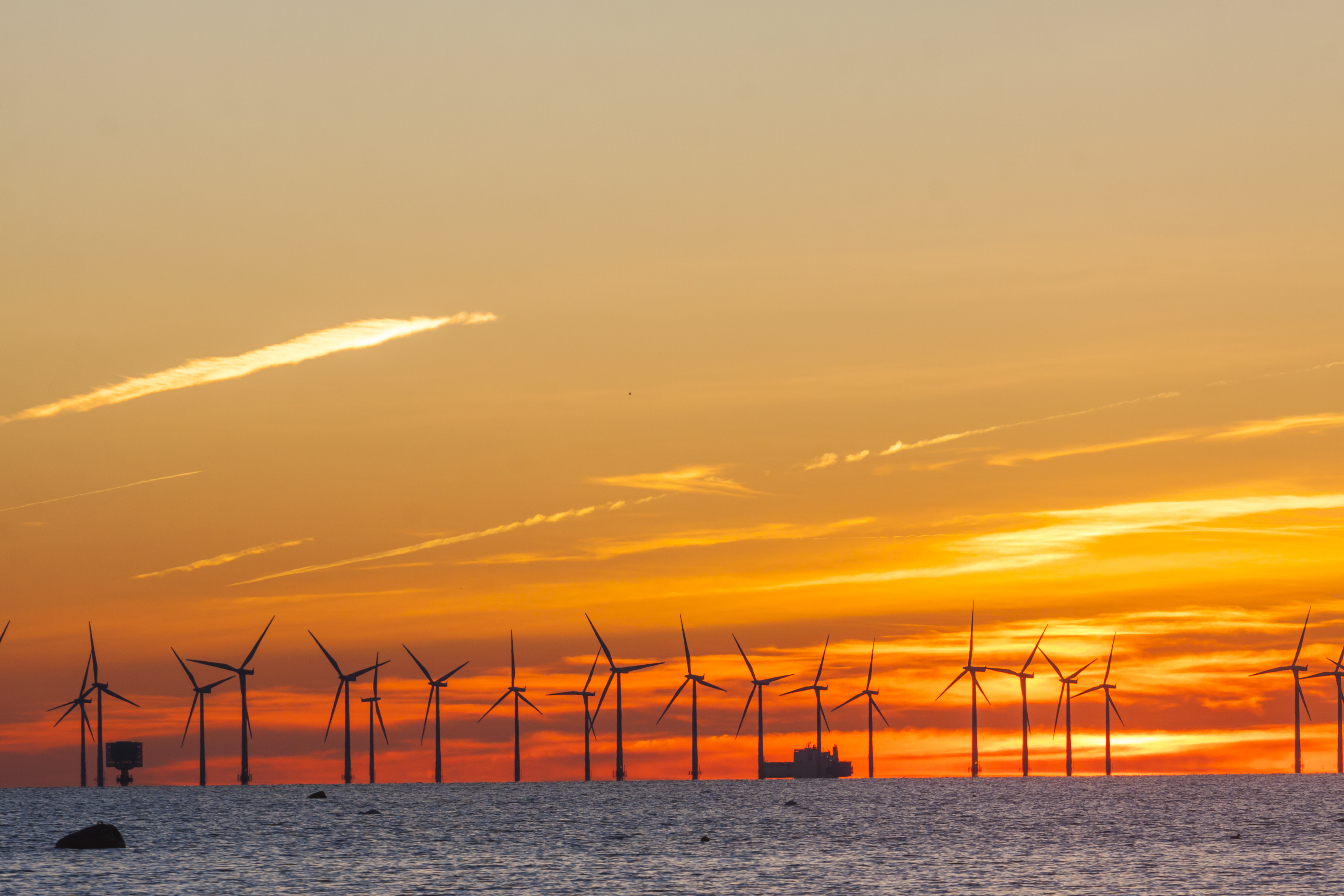What’s the outlook for global offshore wind?
EIC Energy Analyst Lara Juergens on global growth, technological developments and diversification options in offshore wind

The global offshore wind sector witnessed significant activity in 2018, continuing its rapid expansion. Global installed capacity reached approximately 18GW and estimates suggest 4.7GW in capacity additions in 2019. The UK continues to lead the market in operational projects, with approximately 8GW online. It is followed by Germany with 6.4GW and China with 3.6GW in operational assets.
The UK and Europe leading the way
As a region, Europe is still the global offshore wind leader, with approximately 16GW worth of projects operational and 3.2GW under construction. However, 2018 witnessed considerable activity in overseas markets as well, with both Taiwan and the US making headlines. Taiwan is expected to reach its target of 5.5GW by 2025 and the US will see development of up to 6GW between 2021 and 2027. Developments in these markets are expected to pick up in the early 2020s as the first large-scale projects are implemented, with opportunities for local supply chain development as well as exports by established European suppliers. By 2030, offshore wind is estimated to reach an installed capacity of more than 115GW globally, with the International Energy Agency seeing up to 200GW of developments by 2040.
Technological developments driving growth
The sector’s growth continues to be driven by individual governments’ policy commitments, technological innovation and improvements, and ongoing cost reductions throughout the supply chain. GE Renewable Energy announced production timelines for its 12MW Haliade X turbine in March 2018, while MHI Vestas continues to upgrade its V164 model with the launch of a 10MW unit in September 2018. Adapting to these technological developments has been a key topic of discussion for the supply chain, as installation contractors and ports consider upgrading their capacities and infrastructure.
Floating offshore wind
Floating offshore wind (FOW) has caught the attention of developers as well as contractors in the oil and gas sector looking to diversify into the industry. While still at a nascent stage, a project pipeline is gaining visibility and the technology is maturing. Equinor is planning to establish an 88MW floating wind farm to power its Snorre and Gullfaks platforms by 2021. In the US, the developers of the 150MW Humboldt FOW project off the coast of California reached a milestone in submitting a lease application to the Bureau of Ocean Energy Management in September 2018.
Supply chain opportunities
The offshore wind supply chain has seen significant development on the back of steady capacity growth and project pipelines. Clusters and hubs are increasingly becoming visible across the UK and continental Europe alongside offshore wind development zones. Developers continue to stress the importance of innovation, technological improvements and cost reductions, with contractors now facing a highly competitive environment.
Cable suppliers and installation contractors are preparing for additional demand from the growing pipeline, as well as closely following developments and requirements in the FOW sector. Array and export cable markets are estimated to reach a value of £13.6bn by 2028 if current global project pipelines are realised. The UK will represent the largest market, valued at £3.64bn, seeing a total 9,300km worth of cable installed, followed by China with 6,550km of cables and Germany with 4,400km.
O&G diversification
The offshore wind industry offers significant opportunity for oil and gas contractors to diversify across the value chain. Similarities exist in project development activities such as geotechnical investigations, as well as in offshore operations such as substation installation and cable laying. Major Tier 1 contractors such as Van Oord and GeoSea have shifted to include offshore wind operations in their portfolio and benefit from the strong project pipeline. Offshore wind does not just represent a way of continuing operations during low oil and gas prices and activities, but a long-term business development strategy. While the supply chain continues to mature and move towards standardisation and consolidation, it is not too late for companies to enter the market.
 Interested in offshore wind?
Interested in offshore wind?

The EIC Global Offshore Wind Insight Report is now available, free of charge to EIC members and for £195 for non-members. To download your copy please visit: www.the-eic.com/Publications/MarketIntelligenceReports
By Lara Juergens, EIC Energy Analyst - Power, Nuclear & Renewables
Image credit | Shutterstock






Follow us
Advertise
Free e-Newsletter